Exercise and fitness are essential components of a healthy lifestyle, regardless of gender. However, it is important to acknowledge that men and women often have different physiological and hormonal characteristics. These differences can influence the way our bodies respond to exercise and the recovery process thereafter. In this blog post, we will delve into the contrasting aspects of workout recovery between men and women, shedding light on the unique considerations each gender should keep in mind.
- Hormonal Variations:
One of the primary distinctions between men and women lies in their hormonal profiles. Testosterone, predominantly found in men, plays a significant role in muscle growth and recovery. Higher testosterone levels in men contribute to increased muscle protein synthesis and faster recovery from intense workouts. On the other hand, women tend to have lower testosterone levels but higher estrogen and progesterone levels. Estrogen can influence muscle soreness and recovery, as it affects inflammation and blood flow. Therefore, hormonal variations are a crucial factor to consider when examining workout recovery.
- Muscle Composition:
Another noteworthy distinction between men and women is the difference in muscle composition. Men typically possess a higher percentage of muscle mass and greater muscle fiber size, often attributed to higher testosterone levels. These factors contribute to increased strength and potentially faster recovery rates. Women, on the other hand, tend to have a higher percentage of body fat and smaller muscle fibers. While this can impact the rate of muscle recovery, it is essential to note that women are just as capable of gaining strength and recovering from workouts effectively.
- Nutritional Requirements:
Proper nutrition plays a vital role in workout recovery for both men and women. However, due to the differences in body composition and metabolic rates, there are varying nutritional requirements. Men generally have higher caloric needs due to their higher muscle mass and metabolic rate. They may require more protein to support muscle recovery and growth. Women, on the other hand, may have different energy needs due to factors such as menstrual cycles and hormone fluctuations. Adequate intake of macronutrients like protein, carbohydrates, and healthy fats is crucial for optimal recovery for both genders.
- Injury Risk:
While men and women share some common injury risks during exercise, certain factors may predispose one gender more than the other. For instance, women tend to have a higher risk of anterior cruciate ligament (ACL) injuries due to anatomical differences, hormonal fluctuations, and muscle imbalances. Men, on the other hand, may face a higher risk of injuries like muscle strains due to their higher muscle mass and potentially increased intensity during workouts. Recognizing these gender-specific injury risks can help individuals take preventive measures and implement appropriate recovery strategies.
- Mental and Emotional Well-being:
Physical recovery is not the only aspect to consider when discussing workout recovery. Mental and emotional well-being also play crucial roles. Both men and women may experience post-workout fatigue and muscle soreness. However, studies suggest that women tend to perceive pain differently and may experience higher levels of fatigue, especially during certain phases of the menstrual cycle. Additionally, women may face unique psychological challenges, such as body image concerns or societal pressures related to exercise. Creating a supportive environment and prioritizing self-care can greatly benefit both genders in their recovery journeys.
While the overarching goals of workout recovery are the same for men and women—to repair, rebuild, and optimize performance—it is important to acknowledge the gender-specific differences in physiology, hormonal profiles, and nutritional requirements. These differences should guide individuals in tailoring their recovery strategies to ensure optimal outcomes. By understanding and respecting these distinctions, we can foster an inclusive fitness culture that supports everyone in their pursuit of physical and mental well-being.










Leave a comment
This site is protected by hCaptcha and the hCaptcha Privacy Policy and Terms of Service apply.